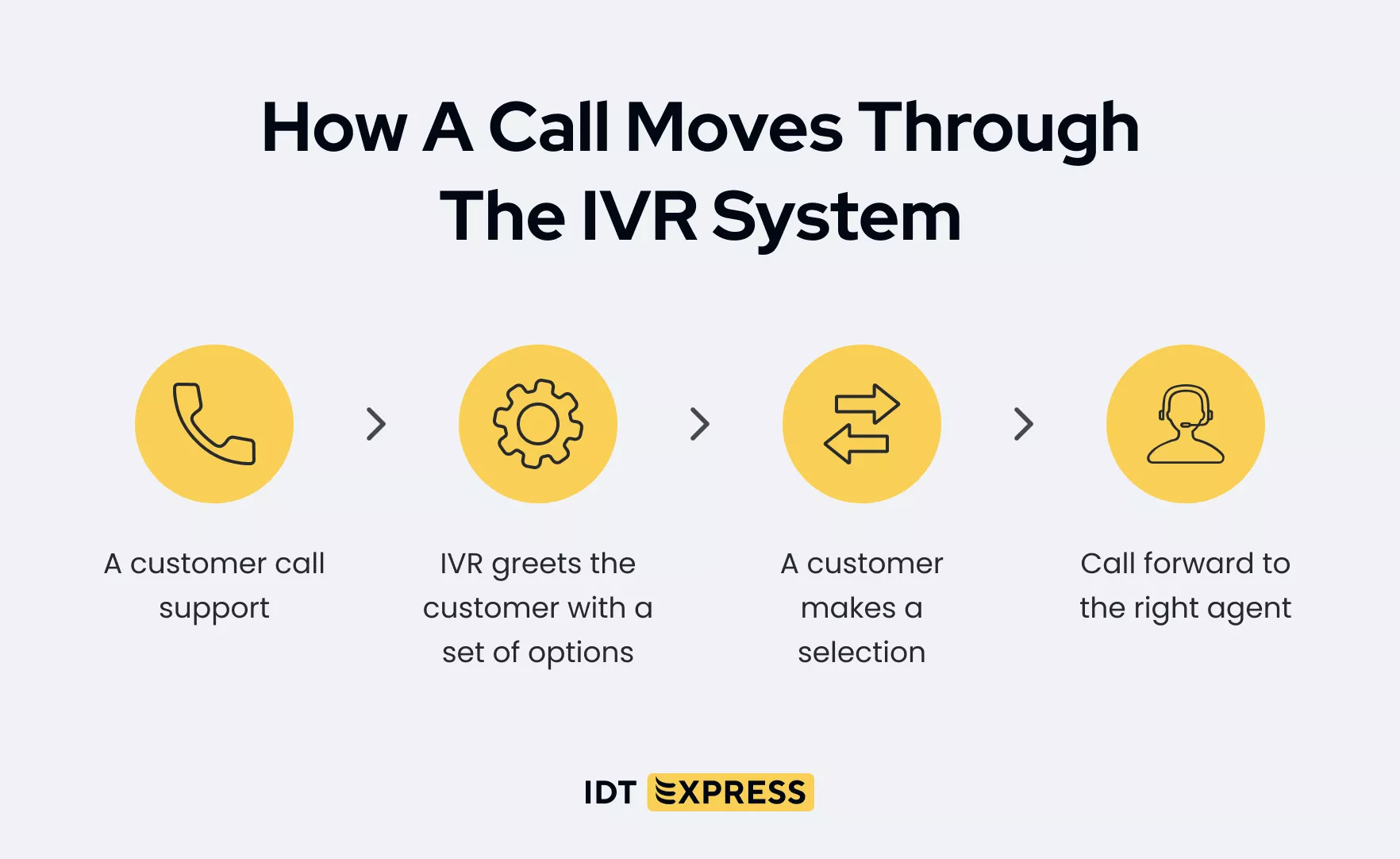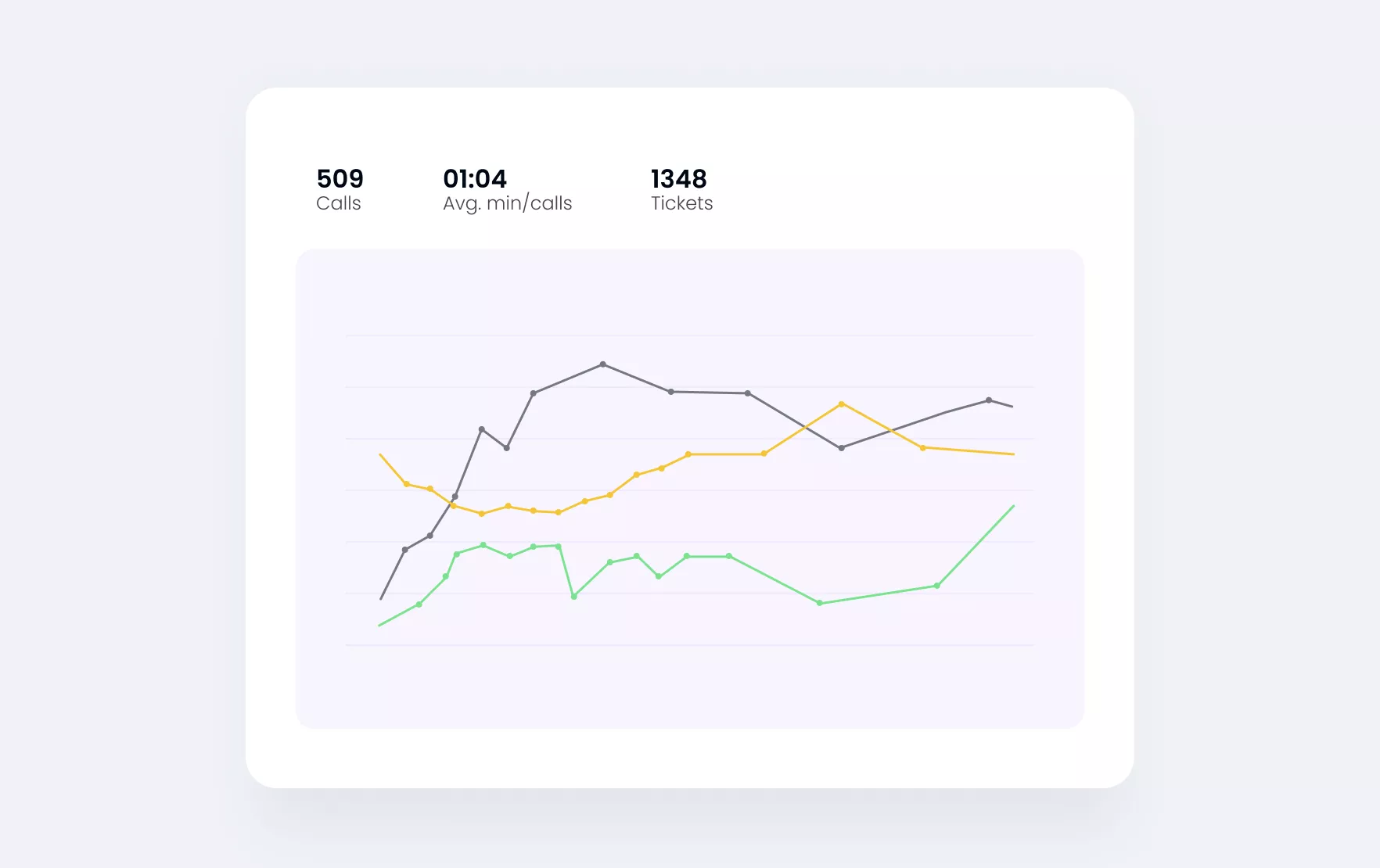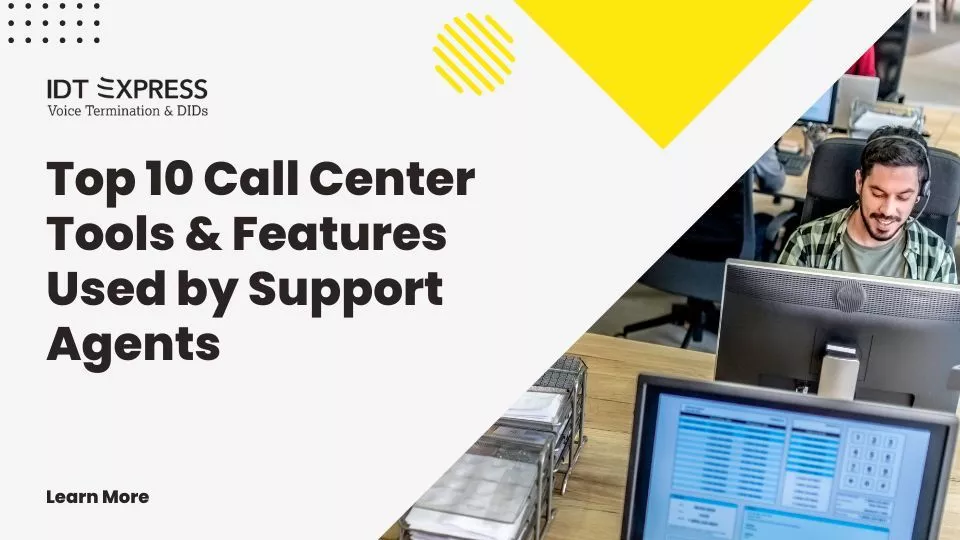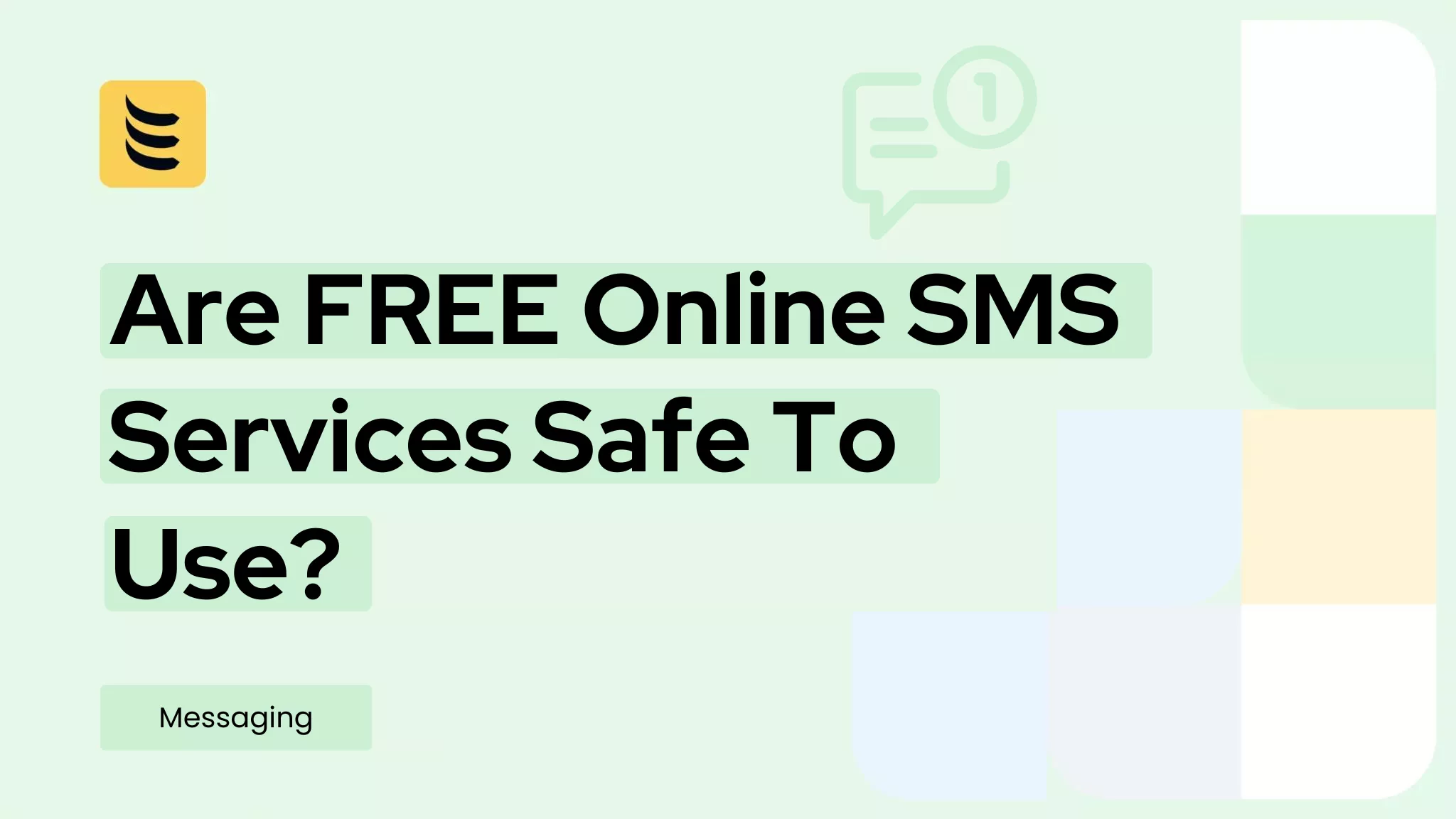For organizations needing to deal with a significant volume of inbound or outbound communications, a call center acts as a central hub for customer service representatives, sales, marketing, and technical support staff to reach out to, and interact with consumers.
In the current era of remote and hybrid work, much of this activity is taking place from random locations, on the road, and from the comfort of an agent’s home. To maintain brand consistency and to keep employees on the same page, businesses are therefore increasingly reliant on call center software solutions that provide a common set of tools and features which service reps and support agents can access from any location with internet or data network connectivity, and on whatever device or platform they are currently using.
With an intelligent call center solution, businesses can make data-driven decisions and increase operational efficiency by using automation and features that empower support agents to provide a seamless and consistent customer experience across multiple channels. For the enterprise, call center software can reduce hardware and infrastructure costs, boost productivity, help in maintaining regulatory compliance, and contribute to increasing revenue.
However, in order to reap all of these benefits, it’s important to choose a call center software solution that has the right blend of tools and features to enhance the work of your support agents. For business organizations across a range of industries, the following ten tools help to accomplish this.
1. Auto-Dialer
An auto-dialer is a highly efficient automatic system for outgoing call management. In a call center solution like CCaaS or UCaaS for example, automatic dialing allows for the configuration of client lists, call-center operator workloads, call scheduling, and other elements.
Some call center solutions offer predictive dialing — an automation tool that uses Artificial Intelligence (AI) to predict which phone number an agent will call. Using a technique similar to the Auto-Complete function of a web browser, this feature enables support agents to increase their workflow, by saving the time normally spent on full manual dialing.

2. Interactive Voice Response (IVR)
With Interactive Voice Response or IVR, organizations can deploy a pre-programmed set of responses to standard queries, with appropriate follow-up actions.

Typically, an Interactive Voice Response system gathers information about an inbound caller’s inquiry and then routes the caller to the correct resource for handling their issue, or to a human support agent if necessary. This prevents callers from having to wait in a long queue to resolve their customer service issues, thereby streamlining your troubleshooting procedures and increasing customer satisfaction.
3. In-Depth & Real-Time Analytics
To empower enterprises to assess the achievement of their business goals and do performance monitoring, a call center software solution with real-time data analytics and in-depth reporting is a must. For example, modern CCaaS solution provides exhaustive reporting availability based on all call data. This enables businesses to extract valuable insights and develop new strategies around actual results.

Reporting and analytics tools should monitor Key Performance Indicators (KPIs) and call center business metrics such as call volume, average call times, the types of inquiries coming in, and the experience and sentiments coming from customer feedback. Ideally, the call center solution should be able to break those metrics down by agent.
4. Call Flows
A call or contact center platform for the digital economy should empower business managers to easily manage workflows, agents, routing, call logistics, and other vital communication functions. Managing call flows is an essential aspect of this.
CCaaS solution provides extensive tools for managing call logistics, allowing users to set the time and the windows of bidirectional calls, giving agents the power to decide when and what they want the client to hear about their organization. A CCaaS or UCaaS platform also empowers businesses to build department hierarchies, set up tasks, and manage personal and department call flow.
Systems with Automatic Call Distribution (ACD) are able to automatically identify callers, put them in a queue, and route them to the support agent or team best qualified to deal with their inquiry.
5. SMS Management
With more and more consumers relying on online commerce, contact centers can’t afford to focus exclusively on phone calls. Buyers are taking an omnichannel approach to dealing with brands, that takes in conventional telephony, mobile apps, web platforms, and various forms of messaging.
Digital solutions for call and contact centers must therefore be capable of managing all communication types from one platform. This includes SMS management that enables users to communicate by two-way SMS automatically, using templates with selected phone numbers.
6. Real-Time Dashboard
Essential to the user experience on any system designed to handle instantaneous communications and real-time analytics is a real-time dashboard that provides an easy to configure and easy-to-understand visual framework covering tools, features, and ongoing operations.
This dashboard should provide each agent with ready access to essential controls for customer experience features such as hold, mute, blind, warm transfers, and call conferencing. It should also give team leaders and Quality Assurance managers the information they need on vital statistics like the volume of incoming requests, agent productivity, and resolution times. All of this must be accessible via mobile and desktop apps that work on any smartphone, computer, or tablet.
7. Help Desk
Customer service requests and technical support issues form a major part of the workload of many call centers. Help desk software provides support agents with an avenue to streamline their incoming communications. Typically, a call center help desk software solution provides a single digital space for fielding phone calls, email, and live chat messaging.
Some help desk solutions provide self-service options that enable consumers to resolve issues on their own. This might be by using a dedicated knowledge base, or with the assistance of automated chatbots.

8. Customer Relationship Management (CRM) Integration
Organizations must now rely on increasing levels of collaboration between their sales, marketing, and customer support teams to maintain customer satisfaction. Integrating the call center software solution with a Customer Relationship Management (CRM) platform is one way to promote this. Such integration enables the contact center software to synchronize data to and from each tool, to give the organization a more holistic view of its customer conversations.
9. Call Recording
One of the tools that facilitates call center Quality Assurance (QA) management is call recording. Each recording and transcript can give QA managers and analysts critical insights into the outcome of each agent interaction, issue resolution times, and overall Quality of Service (QoS).
Recording also assists in maintaining consistency of service across the call center. For example, with a clear and accurate record of each conversation with consumers, it’s possible to hand off a particular issue to another qualified agent, if the original support agent is unavailable.
The Sum of Many Parts
Modern CCaaS solutions are considered to be highly customizable and one that provide a wealth of features including Intelligent Auto-dials, Inbound Widgets, Workflows, Analytics, Media Center, All Level Reporting, and Training Modes.
Additionally, it also facilitates remote office work by using native WebRTC — so call-center operators can work any time, anywhere with equal agility. Bundling your CCaaS solution with the right voice carrier is mission critical for your voice campaign thus businesses must associate with a highly experienced consulting and development team that has the expertise in optimizing business processes, ensure business continuity, and deliver solutions to improve your contact center operations.
What’s more, with Bring Your Own Carrier (BYOC), IDT enables businesses to relish a host of benefits, including affordable global coverage, greater flexibility, better efficiency, concierge service, and support. To find out more, get in touch with us.





One Response
me interesa mas información sobre una plataforma para call center